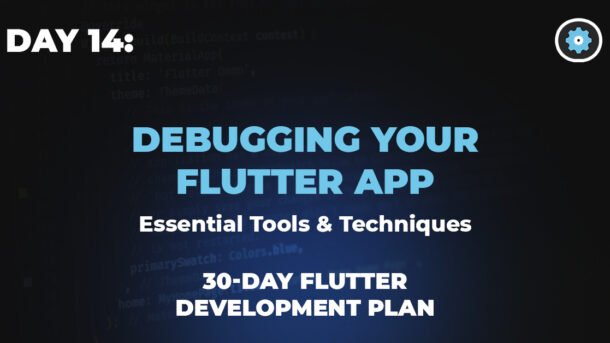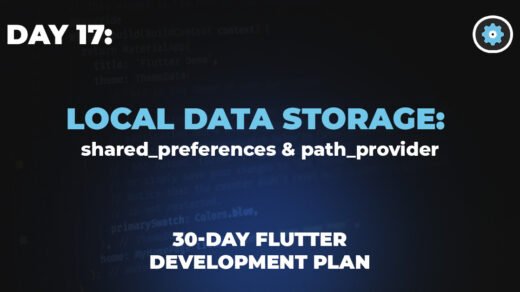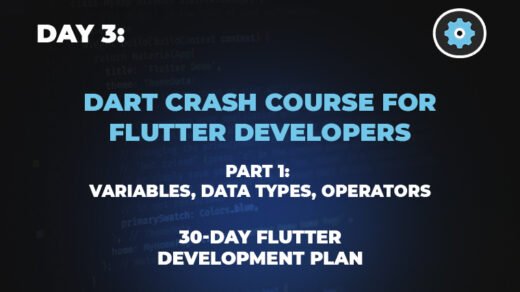Day 14: The Flutter Detective’s Handbook
Stop fearing bugs. Start solving cases. This interactive guide will equip you with the tools and techniques to debug your Flutter apps like a seasoned detective.
The Toolkit: Mastering Flutter DevTools
Every detective needs a high-tech toolkit. Flutter DevTools is yours. It’s a powerful suite of web-based tools for inspecting your UI, analyzing performance, and more. This section breaks down the most essential gadgets in your kit.
X-Ray Vision: The Widget Inspector
The Widget Inspector lets you visualize your widget tree, helping you understand why your UI looks the way it does. It’s perfect for diagnosing layout problems by showing you exactly how your widgets are nested and configured.
Simplified UI Mockup:
Click on a widget in the mockup to inspect it.
Widget Properties:
The Interrogation: Breakpoints & Code Stepping
When your logic goes wrong, you need to interrogate your code. Breakpoints let you pause execution and inspect the state of your app at any moment. This simulation lets you step through code to see how variables change line by line.
Code Simulation:
Live State & Controls:
Variables:
counter: ?
message: ?
The Case Files: Decoding Common Errors
Error messages are not failures; they’re clues. Here are the case files for some of Flutter’s most wanted bugs. Learn to identify the culprit, understand their motive, and apply the fix.
Case #001: The RenderFlex Overflow
The Crime Scene:
A widget is too big for its parent `Row`.
The Evidence (Code):
Case #002: The Null Check Ambush
The clue: `Null check operator used on a null value`. You promised a variable wasn’t null with `!`, but you were wrong.
Unsafe Code:
print(name!); // Crash!
The Safe House (Fix):
print(name);
}
What are common Flutter errors and how can understanding case files help resolve them?
Common errors like RenderFlex overflow or null check failures provide clues to underlying issues. Analyzing case files with before-and-after states helps developers understand the cause-and-effect relationship, facilitating effective problem resolution.
How can breakpoints and code stepping improve debugging in Flutter?
Breakpoints enable pausing code execution at specific points, allowing inspection of variable states. Code stepping lets developers execute code line-by-line, making it easier to trace logic flow and identify causes of bugs.
What role does the Performance View play in Flutter debugging?
The Performance View visualizes frame rendering times for the UI thread and Raster thread, helping developers identify performance bottlenecks and ensure smooth animations by monitoring if frames stay within the 16ms budget.
How does the Layout Explorer assist in understanding Flutter layout behaviors?
The Layout Explorer allows users to interactively modify flex properties such as MainAxisAlignment and CrossAxisAlignment, instantly updating the visual representation, which helps in comprehending complex layout concepts.
What are the main components of Flutter’s DevTools and their purposes?
Flutter’s DevTools include the Widget Inspector for visualizing widget trees, the Layout Explorer for experimenting with layout properties like flex alignment, and the Performance View for analyzing app performance and identifying jank.




